Epiphytes
What is an epiphyte?
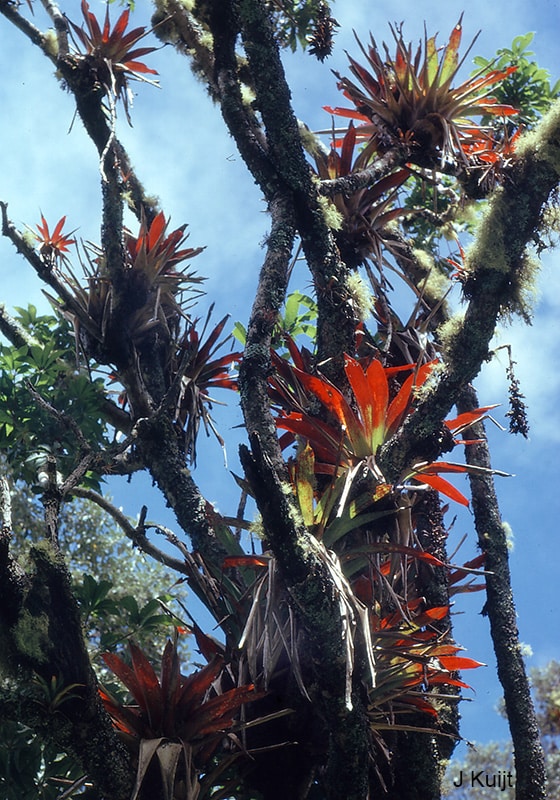
Bromeliacé på Aralia,
Costa Rica
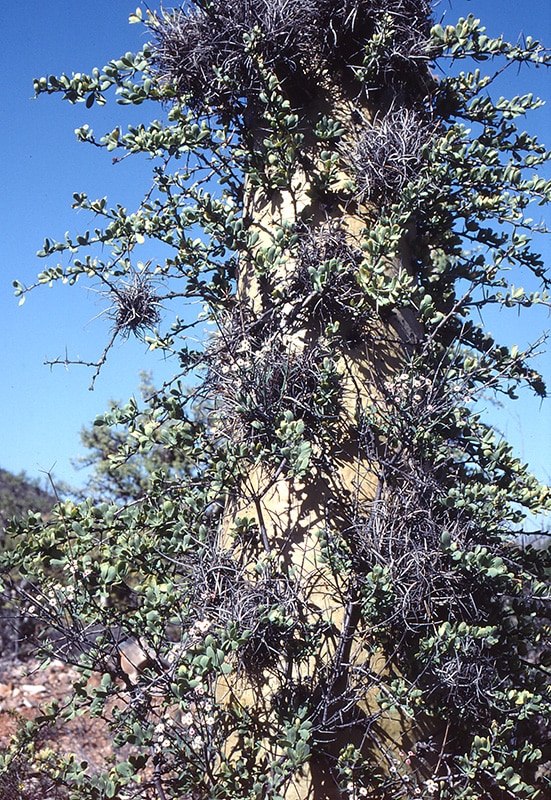
Tillandsia on Idria columnaris,
Baha California
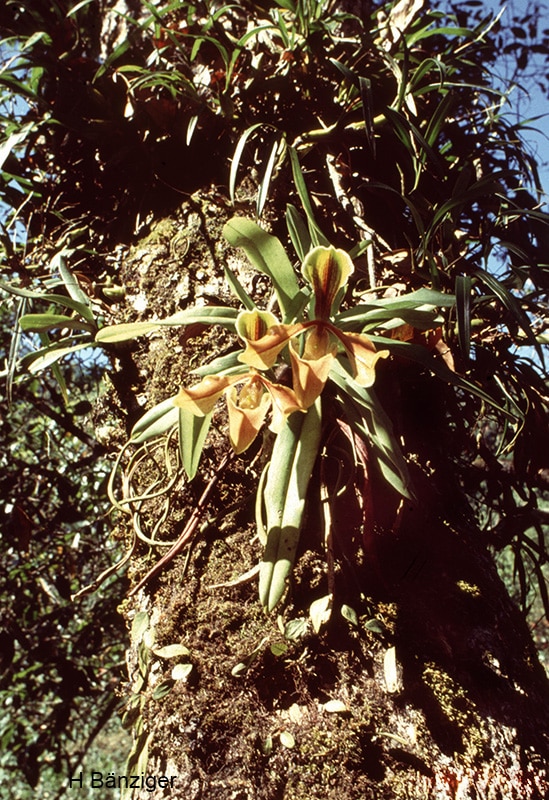
Paphiopedilum villosum,
Northern Thailand
The term epiphyte means a plant attached to another plant without absorbing any water or nutrients from the ’host’ plant. If it does so, it is not an epiphyte but a parasite. Likewise, a plant is called a lithophyte if it is attached to a stone or rock. The two largest groups of epiphytes are found in the families Bromeliaceae and Orchidaceae, but both families also contain species growing in soil. Many ferns, mosses, and lichens are epiphytes.
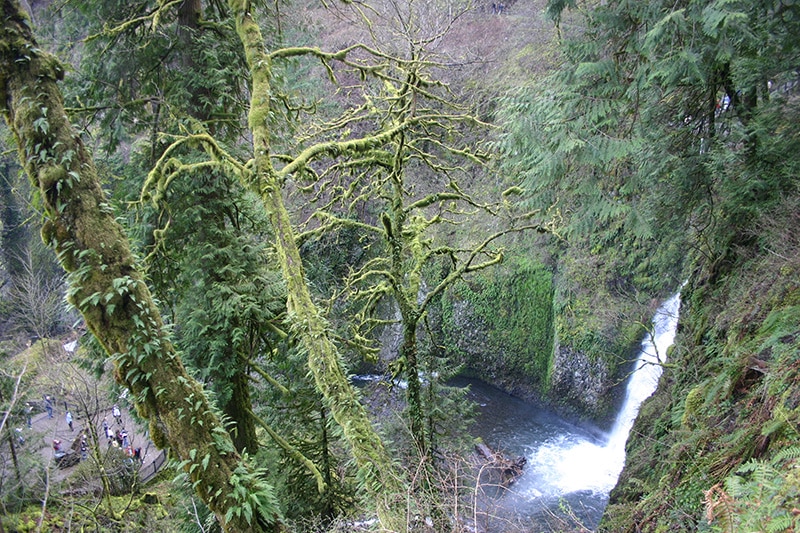
Epiphytic ferns and mosses,
Oregon
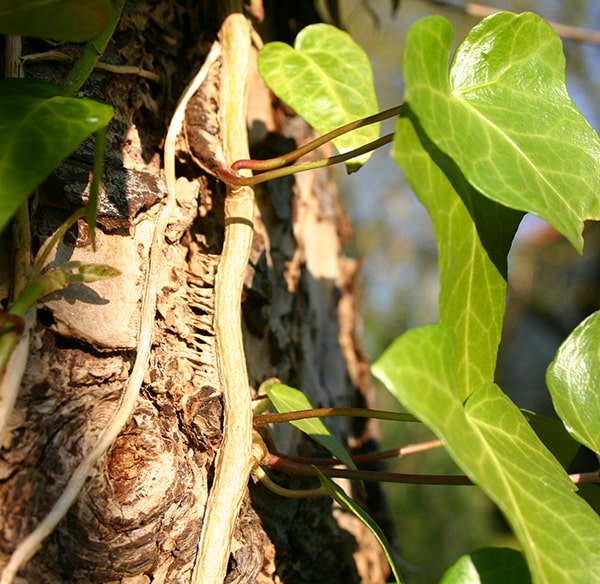
Ivy crampons,
Hedera helix
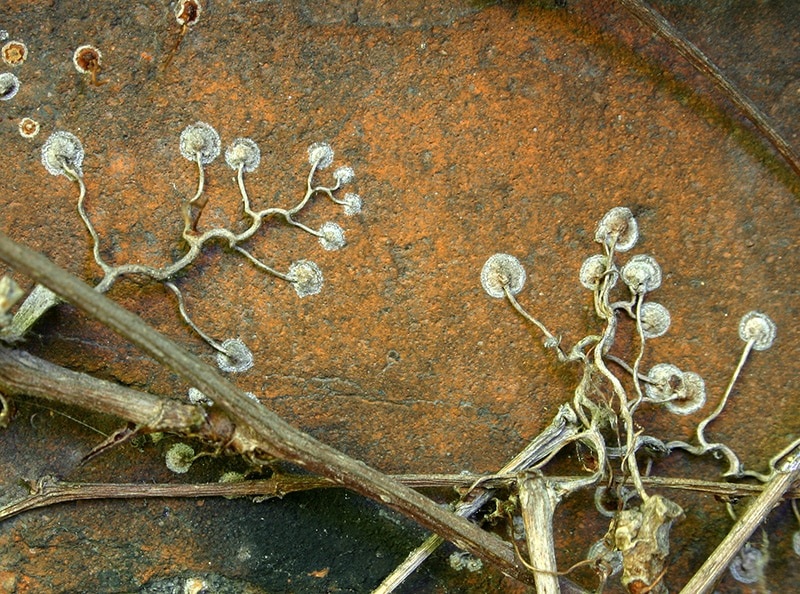
Crampons,
Parthenosissus tricuspidata
Epiphytic flowering plants are most common where the growing season is rainy, e.g. in tropical and subtropical areas. However, the shown Tillandsia species on Idria columnaris exemplifies that epiphytes can also occur in deserts. It happens that plants such as Hedera helix (Ivy), Parthenocissus tricuspidata, (townhall wine) and Lonicera sp. (honeysuckle) are misinterpreted as epiphytes since they cling to or wind around trees, but contrary to epiphytes these plants are rooted in the soil and get their water and nutrients from the soil. Epiphytes get water and nutrients from rainwater running down branches, stems, and trunks. Raindrops always collect a little nutrient from the dust carried with the wind.
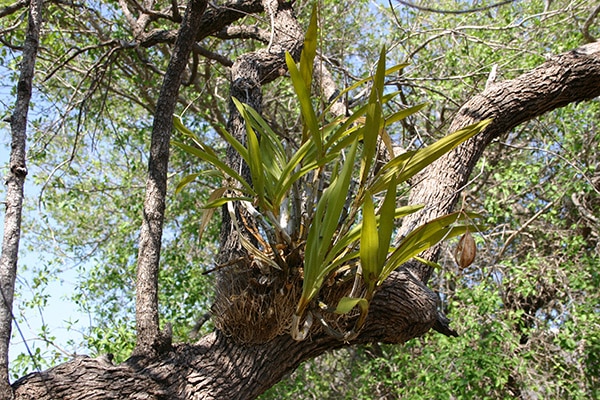
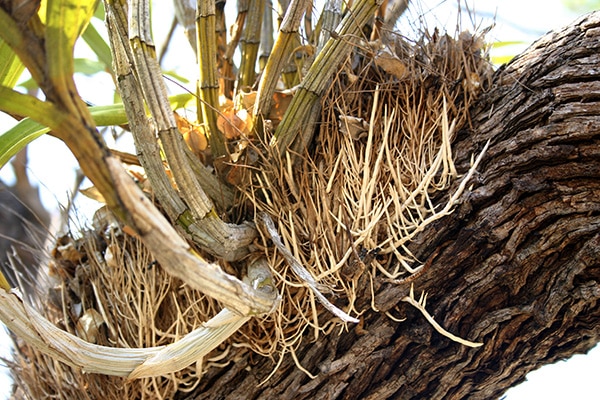
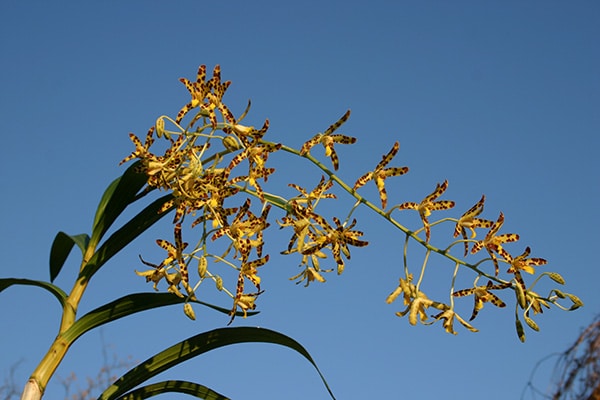
The pictures show the South-African epiphytic orchid Ansellia africana. Instead of letting the aerial roots grow up and down the tree branches, they grow more or less vertically, and thereby form a sort of compost-basket collecting fallen leaves, which in time will degrade to nutrients for the orchid.

